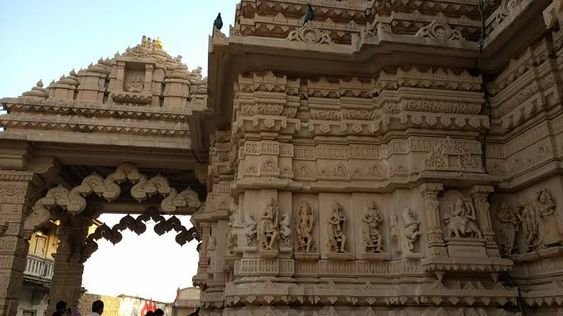The Maru-Gurjara architectural style dates back to the sixth century and was developed in the western part of India. The Mru style of Rajasthan and the Gurjara style of Gujarat are combined to create this architectural design. This fusion of two different architectural forms produced a distinctive design that is steeped in history and culture.
Intricate carvings, delicate sculptures, and graceful jalis (lattice screens), which are a signature of this style, are used often in Maru-Gurjara architecture. The numerous renowned structures that are still surviving in the area, including the Kirti Stambh (Tower of Fame) in Chittorgarh, Rajasthan, make use of these complex embellishments.
Fortresses and palaces designed to survive invasions and raids were also erected in the Mru-Gurjara architecture style, which is well-known. These buildings were built with strong walls, bastions, and gates and entrances that could be closed off in the event of an attack.
The Maru-Gurjara architecture also makes extensive use of courtyards, gardens, and water features. These elements are intended to create cool, shaded areas and to act as a supply of water in the dry area.
A distinctive and lovely architectural design, Mru-Gurjara architecture highlights the rich cultural heritage of India’s western region. This architectural style stands out for a variety of reasons, including the elaborate carvings, graceful jalis, and defended constructions.


